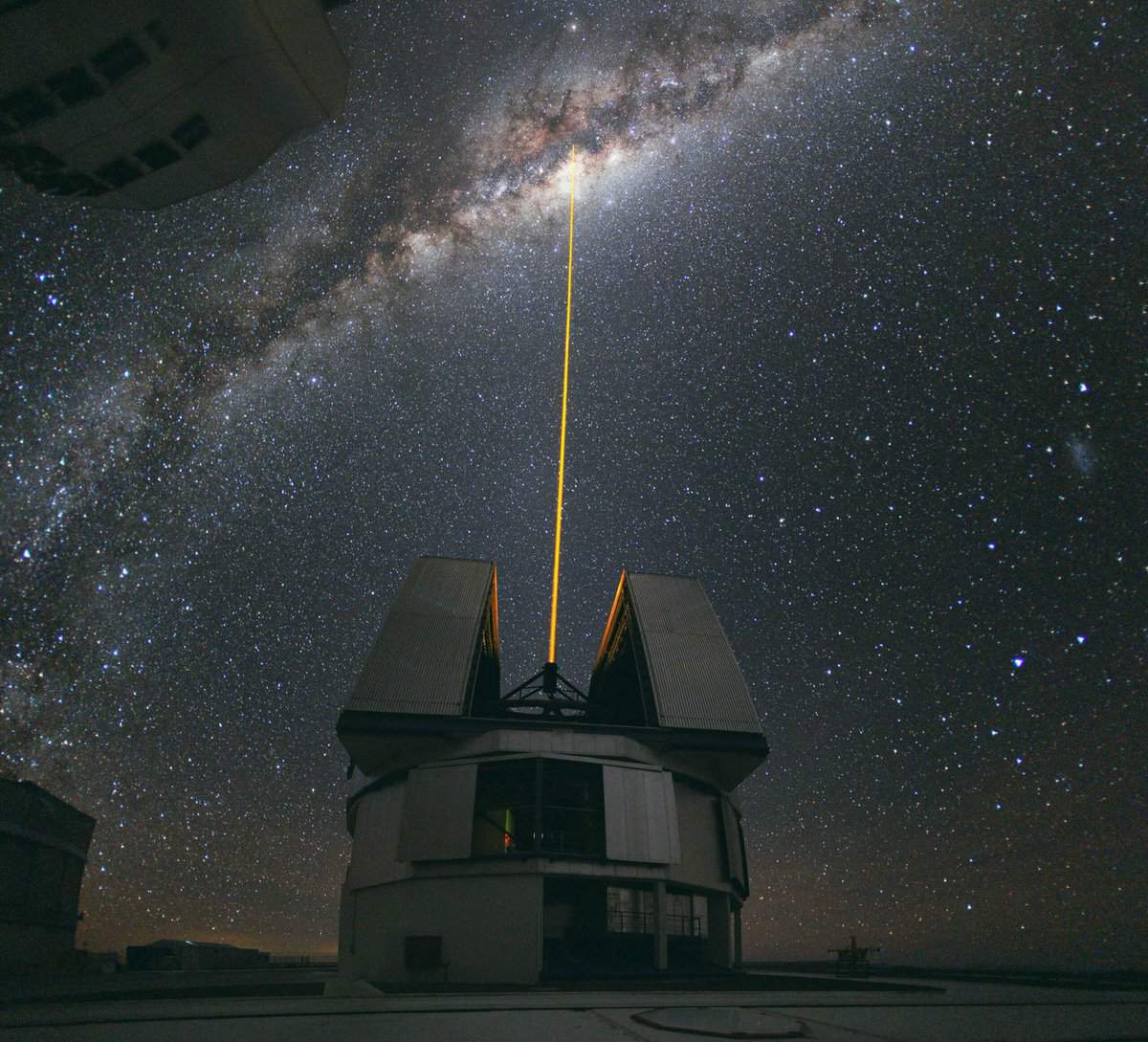
Astronomy, one of the oldest and most captivating sciences, delves into the exploration of objects and phenomena present in the vast universe. In our inaugural class, we will delve into the definition and scope of astronomy, acquainting ourselves with its prominent features. Additionally, we will trace the origins of this scientific field and highlight its significant milestones throughout history. Lastly, we will delve into the structure and magnitude of the universe.
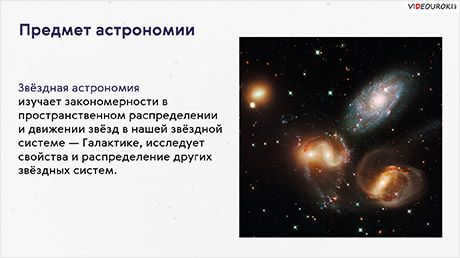
Unfortunately, at the moment, you are unable to watch or share this educational video with your students.
In order to have access to this and other video lessons included in the curriculum, you will need to add it to your personal account.
Unlock amazing opportunities


Outline of the Lesson “The Field of Astronomy”
Astronomy is a discipline that dates back to the ancient Stone Age and continues to captivate us with its exploration of the universe. This science focuses on studying the various objects and phenomena that can be observed in the cosmos.
Throughout history, humanity has been driven to understand the nature of these observed objects and phenomena, to unravel the mysteries of the world around us, and to determine our place within it.
In the early stages of civilization, many cultures developed cosmological myths that attempted to explain the gradual emergence of order from initial chaos. These myths described the creation of the heavens, the earth, the seas, rivers, plants, animals, and even humankind itself.
Put simply, the practical need for humans to keep track of time led to regular observations of celestial bodies. The predictable movements of the Sun and Moon provided a basis for measuring time, which resulted in the establishment of units such as days, months, and years. This allowed people to predict the arrival of different seasons throughout the year.
For instance, in Ancient Egypt, priests were able to anticipate the spring floods of the Nile, which marked the beginning of agricultural activities, by observing the appearance of the brightest star, Sirius, in the pre-dawn sky.
In ancient Arabia, the phases of the moon were of great importance due to the intense heat during the day, with most work being done at night.

In countries with advanced navigation systems, particular attention has been given to the techniques of stellar orientation.
Presently, there are numerous ancient stone constructions found in various parts of the world that are aligned with astronomically significant directions. These directions include the points of sunrise and sunset during the equinoxes and solstices. It is worth mentioning that such structures have been discovered globally. For instance, in Southern England, we have Stonehenge, while in the Southern Urals of Russia, there is Arkaim. These ancient observatories date back to around 5-6 thousand years.
The simple observation and naive interpretation of natural phenomena gradually gave way to scientific explanations of their causes. In the sixth century BC, the rapid development of philosophy as a natural science in Ancient Greece incorporated astronomical knowledge into human culture.
By the way, the word “astronomy” is derived from the ancient Greek words “astron” meaning star, and “nomos” meaning science.
Today, astronomy is considered a fundamental science that explores the structure, motion, origin, and evolution of celestial bodies, their systems, and the Universe as a whole.
It is interesting to note that astronomy is one of the few sciences that has a patron muse, Urania.

Throughout history, the advancement of astronomy and mathematics has been closely intertwined. Even in ancient Greece, the first accurate scientific notion that the Earth is a celestial object emerged. It is worth noting that in Greek, the term for one of the branches of mathematics, geometry, translates to “surveying.” Therefore, in 240 BC, the Alexandrian scholar Eratosthenes used astronomical observations of the Sun’s height at noon to precisely calculate the dimensions of the Earth.
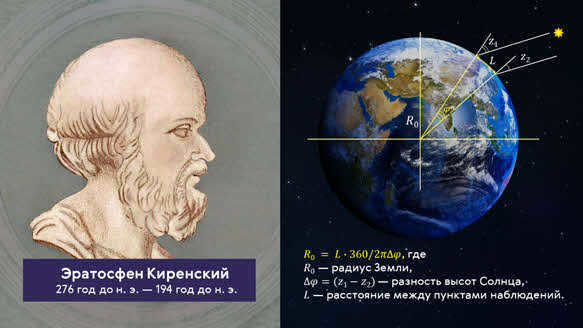
Furthermore, the division of the circle into 360 degrees, although unusual, has become a customary practice. This peculiar division actually traces its roots back to astronomy. It is interesting to note that from the 3rd century BC until the middle of the 16th century, which spans nearly 1,500 years, the prevailing cosmological model was the geocentric system developed by Claudius Ptolemy. This system positioned the Earth at the center of the universe, with all celestial bodies, including the Sun, orbiting around it. Consequently, it was believed that the Sun, completing a full rotation around the Earth each day, covered one degree per step.
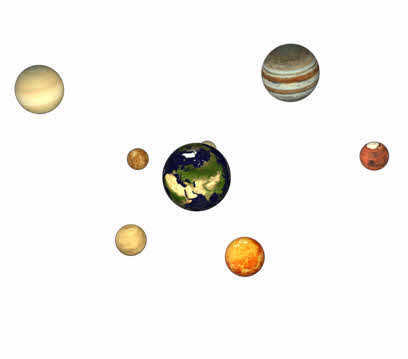
The advancement of trade and navigation led to the use of astronomical observations for navigation and timekeeping. Practical astronomy emerged as a solution to these challenges.
In the 16th and 17th centuries, some scientists began to question Ptolemy’s geocentric model of the universe. In 1543, Nicholas Copernicus published his influential work “On the Revolutions of the Celestial Spheres,” which proposed that the Sun, not the Earth, was at the center of our system. This marked the beginning of the heliocentric theory, which revolutionized our understanding of the Universe.
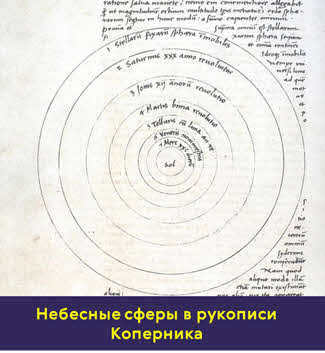
Astronomy has played a crucial role in the development of mathematics and mechanics, both of which are important branches of physics. These scientific fields, which originated from philosophy, have always maintained a strong connection with each other. This is evident in the works of renowned scientists such as Galileo Galilei and Isaac Newton, who made significant contributions not only to physics but also to mathematics and astronomy.
Furthermore, Galileo Galilei’s groundbreaking observations and calculations, made possible by his invention of the first simple telescope, provided undeniable evidence for the truth of Copernicus’ heliocentric theory.
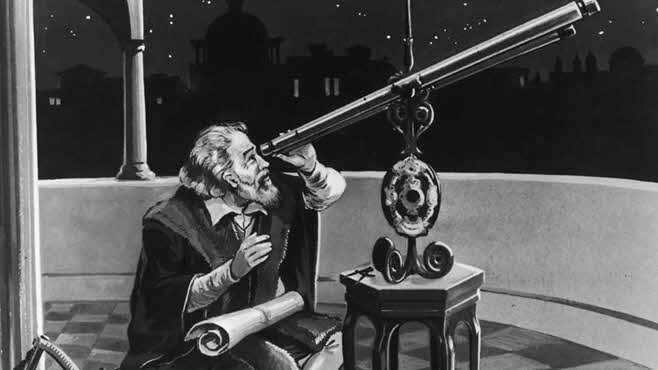
In the late 17th century, Sir Isaac Newton formulated his renowned law of universal gravitation, which opened up the possibility of using mathematical methods to examine the movement of planets and other celestial objects within the solar system.
Meanwhile, the well-known astronomer Johannes Kepler, while studying the path of Mars and other celestial bodies, managed to establish three laws of planetary motion that greatly contributed to the understanding of the solar system’s structure.
As time passed, the field of astronomy started to make use of more advanced telescopes. Galileo’s basic telescope was initially enhanced by Kepler and later by Huygens, who, in 1655, observed not only the rings of Saturn but also made the discovery of its moon Titan.
In 1761, the renowned Russian scientist Mikhail Vasilyevich Lomonosov made the significant discovery of Venus’ atmosphere and conducted extensive research on comets.
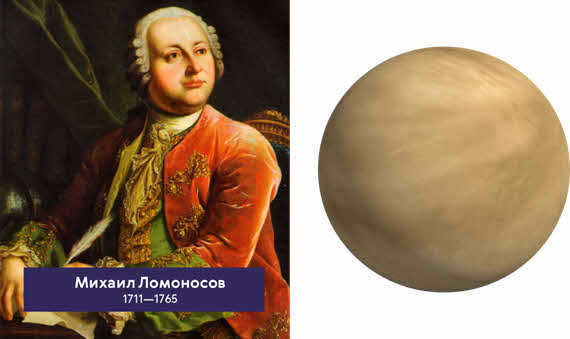
By using Earth as a reference point, scientists conducted comparisons with other planets and satellites, leading to the emergence of the field known as comparative planetology.
During the early 19th century, there was a prevailing belief that further advancements in astronomy were unattainable. Auguste Comte, a French philosopher, expressed this sentiment when he wrote, “We can conceive of the possibility of determining the shapes, distances, sizes, and motions of celestial bodies, but never, through any means, can we investigate their chemical composition.”
The verdict was severe. However, back in 1859, German scientists Robert Bunsen and Gustav Kirchhoff devised a technique for determining the chemical composition of a substance through its spectrum (spectral analysis). This breakthrough marked the birth of a new branch of physics – spectroscopy, dedicated to studying the spectra of electromagnetic radiation. Furthermore, the application of spectral analysis in the field of astronomy paved the way for the widespread utilization of physics in investigating the nature of celestial bodies and gave rise to a fresh domain of scientific exploration – astrophysics.
During approximately the same period (around 1837-1839), scientists in Russia, Germany, and England made independent breakthroughs in obtaining the initial measurements for determining distances to the stars. This marked the inception of the field known as stellar astronomy. Stellar astronomy focuses on analyzing patterns in the spatial arrangement and movement of stars within our own star system, the Galaxy, while also examining the characteristics and distribution of other star systems.
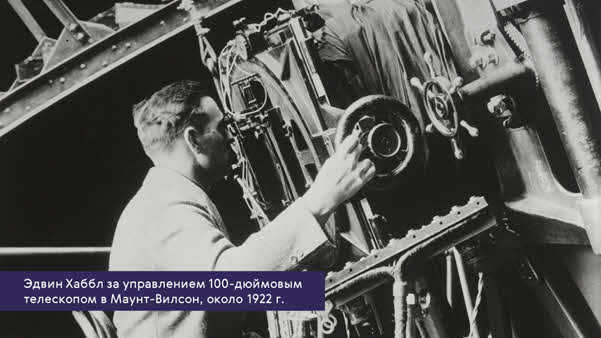
Throughout history, astronomy has had a significant impact on human practice, with its most crucial role being the shaping of a scientific worldview. This can be observed through the progress of different branches of astronomy, which have always been closely intertwined with other sciences. For instance, the creation of atomic clocks, which have an accuracy of 10 -15 seconds, enables the study of annual and long-term changes in Earth’s rotation, allowing for adjustments in time measurement units.
The advancement of rocket technology has opened doors for human exploration in outer space, greatly expanding our ability to study celestial objects beyond Earth. This has sparked a new wave of development in celestial mechanics, which is instrumental in calculating the orbits of both automated and manned spacecraft for various purposes.
Studying the atmospheres of celestial bodies within the solar system aids in gaining a deeper comprehension of the principles governing Earth’s atmosphere dynamics. This, in turn, enables the construction of a more precise model of Earth’s atmosphere and, consequently, enhances the accuracy of weather predictions.
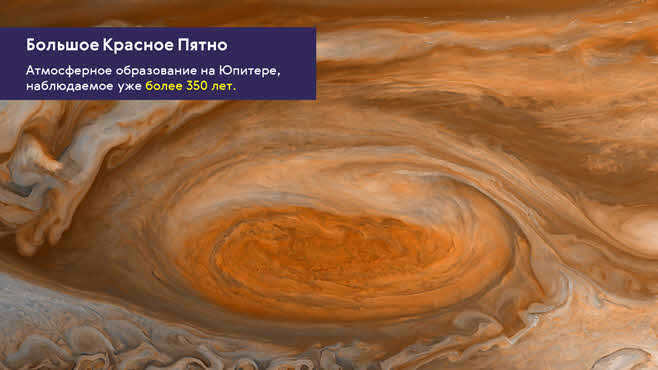
Advancements in astrophysics are driving the progress of cutting-edge technologies. For instance, researching the energy sources of the Sun and other stars has sparked the concept of developing controlled thermonuclear reactors. Additionally, the exploration of solar prominences has led to the notion of using a magnetic field for thermal insulation of superhot plasma, resulting in the creation of magnetohydrodynamic generators.
You are already aware that the Sun is not stationary, and that it is part of a larger system known as the Milky Way Galaxy. This galaxy, along with billions of other stars, including Earth, the Moon, other planets and their satellites, small and dwarf planets, and comets, orbits around the center of the Milky Way. In fact, the closest star to our Solar System is so far away that it takes over 4 years for light to travel from it to Earth. The scale of our galaxy is immense, with light taking approximately 100,000 years to travel across its volume.
However, our galaxy is not the extent of the Universe. There are billions of other star systems, some of which are known to be the most distant galaxies ever observed. In fact, it takes over 13 billion years for light to reach Earth from these far-flung galaxies.
As humanity enters the era of space exploration and gears up for interplanetary travel, it is imperative that we do not overlook our home planet, Earth. This remarkable planet has been the cradle of human civilization, and with its unparalleled natural beauty, the responsibility to preserve it falls heavily on our shoulders.

This lesson will teach us about the fundamental aspects of astronomy. We will explore the concept of the celestial sphere and analyze its key lines, points, and planes. Additionally, we will become familiar with the horizontal coordinate system employed in astronomy.
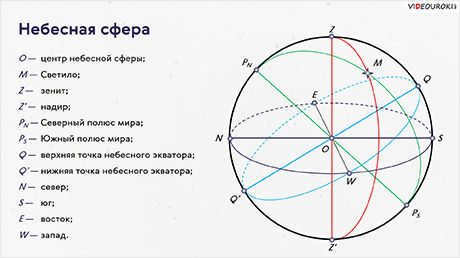
At the moment, it is not possible to view or distribute the instructional video to students.
In order to have access to this and other video lessons included in the package, you must add it to your individual account.
Enjoy outstanding functionalities



Outline of the lesson “Characteristics of astronomy and its techniques”
Astronomers have been observing the position of celestial objects in the night sky and their relative motion over time for thousands of years. As a result, the geocentric model of the universe, proposed by Claudius Ptolemy in the 3rd century BC, gained dominance. This model placed the Earth at the center of the universe, with all other celestial bodies, including the Sun, orbiting around it.
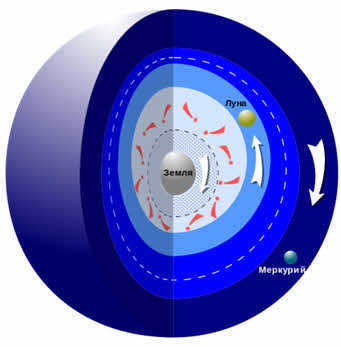
In 1543, a significant publication by Nicolaus Copernicus called “On the Circulation of the Celestial Spheres” was released, marking a pivotal moment in the field of astronomy. This groundbreaking work challenged the prevailing belief that the Earth was the center of the solar system and instead proposed that the Sun held this central position. Introducing the concept of heliocentrism, Copernicus’s work provided a crucial key to unlocking our understanding of the universe.
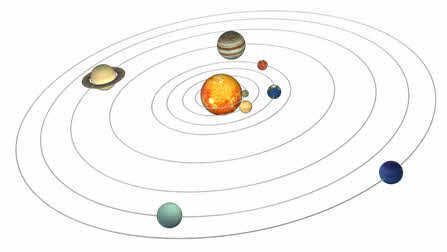
As you may have deduced, the primary method of examining celestial objects and phenomena is by means of astronomical observations. Astronomical observations involve deliberate and proactive documentation of data regarding processes and phenomena transpiring in the cosmos.
The second characteristic of astronomy is that the majority of the observed phenomena cannot be directly witnessed. Even the changes that occur on the Sun are only detected on Earth after a delay of 8 minutes and 19 seconds (this is the time it takes for light to travel from the Sun to the Earth). When it comes to far-off galaxies, we are talking about billions of years. In other words, when we examine distant star systems, we are actually studying their past.
As for the third peculiarity of astronomy, it is driven by the need to determine the position of celestial bodies in space (their coordinates) and the inability to distinguish which ones are closer and which ones are farther from us. It appears to us, just as it did to people in ancient times, that all stars are equidistant from us and are situated on a spherical surface in the sky known as the celestial sphere, which rotates around the Earth as a whole.
Over 2000 years ago, astronomers started utilizing techniques that enabled them to determine the position of any celestial body in relation to other cosmic objects or landmarks on Earth. The concept of the celestial sphere remains useful today, despite the fact that we now understand that this sphere is purely hypothetical.
Thus, the celestial sphere is a theoretical sphere with an arbitrary radius, with its center being chosen based on the specific problem at hand. For instance, the center of the celestial sphere can be aligned with the observer’s eye, the center of the Earth, or even the Sun.
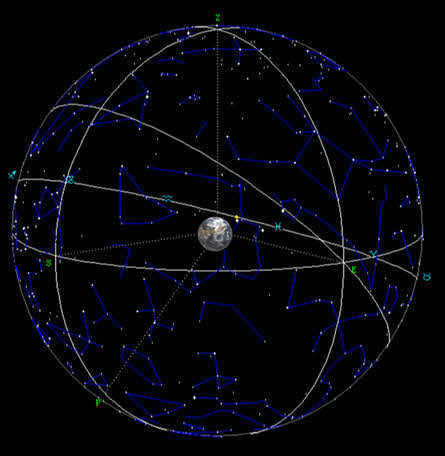
It is crucial to understand that the apparent positions of all celestial bodies are projected onto the celestial sphere’s surface. As an illustration, certain stars in the “handle” of the Ursa Major constellation may be widely spaced apart, but to an observer from Earth, they appear to be located in the same region of the celestial sphere.
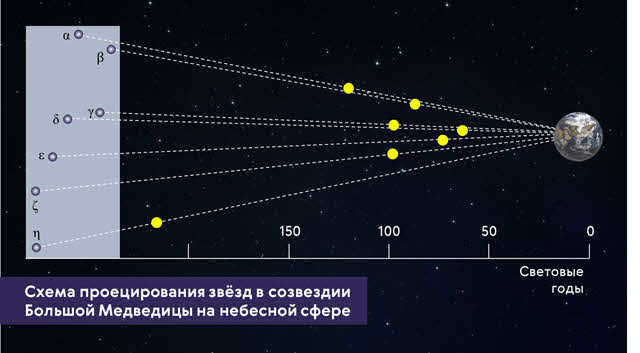
By repeating this process for all the stars that have been observed, we can create a map of the night sky on the surface of a sphere – a celestial globe.
The distances between stars on the celestial sphere can only be measured using angular units. These angular distances are determined by the central angle between the lines pointing to each of the stars, or they can be calculated based on the length of the arc between the stars on the surface of the celestial sphere.
To estimate the angular distances in the sky, one can utilize the available data about the stars in the constellation of Ursa Major.
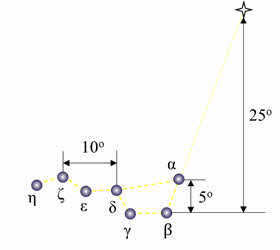
Another way to estimate angular distances is by using the fingers of your hand when it is stretched out.

The only two objects in the sky that we can see as disks with similar angular sizes are the Sun and the Moon, both measuring about 30 minutes of arc (or 0.5 degrees). On the other hand, the planets and stars appear much smaller, appearing to us as mere points of light in the sky.
Now, let’s examine the primary points, lines, and planes of the celestial sphere.
Hence, a straight line passing through the center of the celestial sphere and aligning with the plumb line at the observation point is referred to as a plumb line or vertical line. This is known as the plumb line or vertical line.
As you can observe, this line intersects the celestial sphere at two distinct points. The upper point is known as zenith and is represented by the letter Z. The lower point, which is the opposite of zenith, is referred to as the nadir, and is represented by the letter Z’.
If we draw a plane perpendicular to the plumb line through the center of the celestial sphere, we obtain the plane of the true or mathematical horizon.
The great circle of the celestial sphere that passes through the zenith, the luminary, and the nadir is referred to as the circle of altitude, the vertical circle, or simply the vertical of the luminary.
Furthermore, the straight line that passes through the center of the celestial sphere parallel to the Earth’s axis of rotation is known as the axis of the world.
It also intersects the celestial sphere at two points that are diametrically opposite each other. The point where Polaris is located is referred to as the North Pole of the world, while the opposite point is known as the South Pole of the world.
Additionally, if we draw a large circle through the center of the celestial sphere that is perpendicular to the axis of the world, we obtain the celestial equator. Similar to Earth’s equator, it divides the celestial sphere into the Northern Hemisphere and the Southern Hemisphere.
Furthermore, if we draw a great circle that passes through the poles of the world and the luminary, we get the luminary declination circle.
The celestial meridian is the great circle of the celestial sphere that passes through the zenith, nadir, and poles of the world. It is also referred to as the celestial meridian.
If the two points are joined together, we obtain what is commonly referred to as the line of midday. The shadows of objects at midday fall along the path of the line of midday.
The actual horizon also intersects with the celestial equator at two points that are completely opposite each other – the eastern point and the western point.
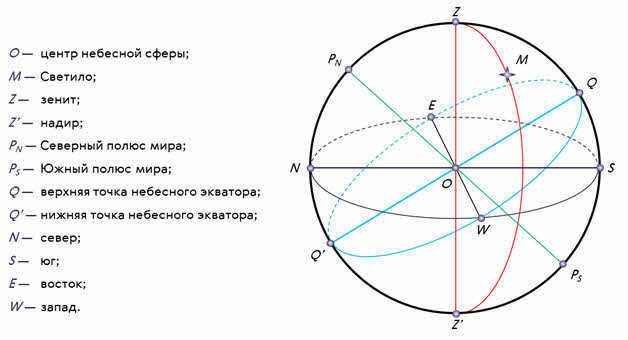
The arrangement of the celestial bodies in the sky is established based on the points and circles of the celestial sphere. In order to facilitate this process, celestial coordinates were introduced, similar to the geographic coordinates used on Earth’s surface. Astronomy employs various coordinate systems, but for practical observation purposes, it is most convenient to determine the position of a celestial body in relation to the horizon. This involves knowing on which side of the horizon the body is located and its altitude or zenith distance. To accomplish this, astronomy relies on the horizontal coordinate system, which includes altitude and azimuth measurements.
The altitude of a celestial body (h) refers to the angular distance in a vertical circle from the horizon to the celestial body, representing the angle between the horizon and the celestial body itself.
As the altitude of the celestial body is a measure of angle, it is typically expressed in degrees, minutes, or seconds. When the celestial body is above the horizon, its altitude is measured from 0 to 90 degrees towards the zenith. Conversely, when the celestial body is below the horizon, its altitude is measured from 0 to -90 degrees towards the nadir.
The zenith distance (z) is defined as the arc length of a vertical circle from the zenith to the celestial body. It is measured from 0 to 180 degrees towards the nadir.
Furthermore, the position of the celestial body relative to the compass directions of the horizon is indicated by its second coordinate – azimuth.
The azimuth of the celestial body (A) is the distance along the true horizon, or the angle from the southern point to the point where the horizon intersects with the vertical line of the celestial body.
Azimuth is measured from the southern point in a clockwise direction, ranging from 0 to 360 degrees.
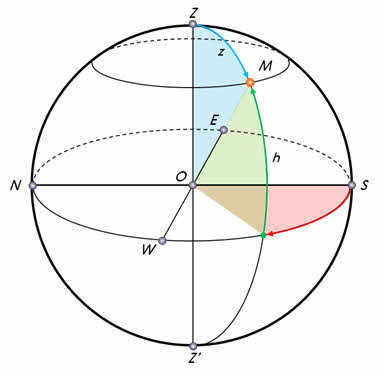
It is important to keep in mind that these coordinates (azimuth, altitude, and zenith distance) are in a constant state of change due to the daily rotation of the celestial sphere. As a result, the horizontal coordinates indicate the luminary’s position in the sky at a specific time.
In practical applications, this coordinate system is commonly used to determine the apparent positions of luminaries using optical angular measuring instruments such as theodolites.
Astronomy is an incredibly fascinating and ever-evolving field of study. Its purpose is to provide a detailed understanding of the structure of the world around us and to explain the phenomena that occur both on our planet and in the vast outer space that surrounds it.
Overview
Astronomy, a branch of natural science, examines celestial objects including their movements, organization, origin, and evolutionary development. It encompasses the study of various physical processes, making it a subset of physics.
Emerging in the 6th millennium BC, astronomy originated from the intrinsic human needs linked to survival and progress. In ancient times, the positioning of stars determined the seasons for planting and harvesting. Subsequently, the North Star became a crucial celestial landmark for seafarers involved in trade. While the interpretation of the moon, sun, stars, and other cosmic events often carried religious connotations, the concept of an objective approach to understanding these occurrences intrigued enlightened individuals. Eventually, astronomy solidified as a scientific discipline, fueled by humanity’s unwavering quest for comprehensive knowledge of the surrounding world and the desire to study and rationally explain the cosmic phenomena observed from Earth’s surface.
Stonehenge and the Egyptian pyramids are examples of ancient man’s astronomical knowledge. Stonehenge resembles an observatory, while the pyramids are precisely aligned with the cardinal directions.
Pythagoras was among the first to propose that the Earth had a spherical shape. In ancient times, there were also early theories about the Earth’s motion around the Sun.
During the Middle Ages, astronomical science was largely neglected due to the dominance of the religious class in Europe. This period posed significant challenges to the scientific worldview.
In the 16th century, a significant breakthrough occurred when Polish astronomer N. Copernicus formulated the theory of the heliocentric structure of the world. This groundbreaking theory provided the first scientifically supported explanation for the movement of the Earth and other planets around a central point, which is the Sun.
Later, with the invention of the telescope by G. Galileo, humanity gained further insight into the fundamental physical principles governing planetary motion. This led to the emergence of the first hypotheses regarding the origins of our solar system. In the early 17th century, the German scientist I. Kepler made a series of groundbreaking discoveries, resulting in the formulation of three fundamental laws of celestial mechanics.
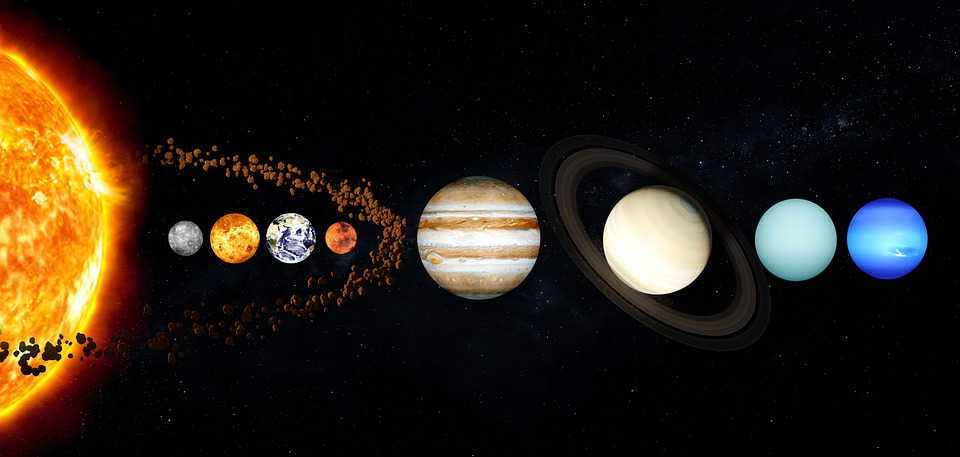
In the early 19th century, astronomy experienced a significant advancement with the introduction of spectral analysis and the utilization of photography. This marked the emergence of a new field known as astrophysics, which remains highly advanced in the realm of astronomical science today. Through the study of astrophysics, humanity has acquired knowledge about the organization of our galaxy, its developmental processes, and the initial theories regarding the universe’s origins.
Consequently, the aforementioned historical context provides a clear understanding of the subject matter studied in astronomy.
Theoretical and Practical Astronomy
There are two main branches of modern astronomy, each with its own distinct goals and methods.
Theoretical astronomy is focused on developing mathematical models and equations to calculate the motion of celestial bodies based on their observed positions.
Practical astronomy, on the other hand, is concerned with the application of astronomical knowledge to real-world problems, such as satellite navigation. It involves studying methods to accurately determine the time and coordinates of celestial bodies for navigation purposes.
There are three main groups of methods used in astronomy:
Now, let’s take a closer look at each of these methods.
Astronomical observations serve as the primary means of studying celestial bodies and events, enabling the recording of phenomena occurring in both nearby and distant space. These observations are crucial in acquiring experimental knowledge about the universe.
Astronomical observations and the subsequent analysis of their data are typically conducted within specialized research institutions, known as astronomical observatories.
The establishment of the first Russian observatory took place in Pulkovo, near the city of St. Petersburg. The Pulkovo Observatory played a significant role in compiling star catalogs with exceptional precision. It can be argued that during the latter half of the 19th century, Pulkovo Observatory held an unofficial title as the “astronomical capital of the world.” In 1884, Pulkovo Observatory made a claim for the zero meridian, although this honor ultimately went to Greenwich.
Modern observatories are equipped with a variety of instruments, such as telescopes, light-receiving and analyzing equipment, auxiliary devices, and powerful computers.
Now, let’s focus on the unique aspects of astronomical observations:
- Characteristic #1. Observations in astronomy often require long periods of time because they are slow and unresponsive. It is challenging to actively manipulate space objects, except for rare cases involving manned and unmanned space missions. For example, phenomena like the Earth’s axial tilt transformation can only be observed over thousands of years. Therefore, the ancient astronomical observations from Babylon and China, despite some discrepancies with modern standards, still hold significance.
- Characteristic #2. Typically, the process of observing occurs from the surface of the Earth, while the Earth is undergoing a complex movement, resulting in the observer on Earth only seeing a specific portion of the starry sky.
- Characteristic #3. Angular measurements conducted through observations serve as the foundation for calculations that determine the linear dimensions of objects and the distances to them. However, since the angular sizes of stars and planets measured with optical instruments are not influenced by their distances, the calculations can be imprecise.
An optical telescope is the primary instrument used for astronomical observations.
An optical telescope operates based on its type. However, regardless of the type, its primary objective is to gather as much light as possible from luminous objects (such as stars, planets, comets, etc.) to create images of them.
There are various types of optical telescopes:
A refractor (or lenticular) telescope achieves its image by refracting light through the objective lens. The drawback of refractors is the potential for image blurring.
Reflectors have a special application in astrophysics. The focus is not on how light is refracted, but on how it is reflected. Reflectors are more advanced and precise than refractors.
Mirror-lens telescopes combine the functions of refractors and reflectors.

Astronomical measurements
There are various instruments and tools used for measurements in astronomical research, so we will provide a brief overview of them.
One of the main instruments used for astronomical measurements is the coordinate measuring machine.
These machines are capable of measuring one or two rectangular coordinates from a photographic image or spectrum diagram. They consist of a table where the photo is placed along with a microscope that has measuring functions. This setup is used to point at a luminous body or its spectrum. Modern coordinate measuring machines can achieve a readout accuracy of up to 1 µm.
The instrument’s errors result from its imperfections, so it needs to be checked for accuracy in advance. Specifically, the following elements should be examined: scales, micrometer screws, guides on the slide and measuring microscope, and micrometers.
The presence of human error and randomness can be mitigated by taking multiple measurements.
In the field of astronomical measurements, there is a significant adoption of automatic and semi-automatic measuring instruments.
Automatic instruments are ten times faster than traditional ones and have a 50% reduction in mean square error.
Space research
Space research refers to a series of interconnected observations and experiments that aim to gather necessary information about celestial bodies or phenomena. These experiments are conducted during space missions, both manned and unmanned, with the goal of confirming theories, hypotheses, and improving various technologies that contribute to the advancement of scientific knowledge.
There are several main areas of focus in space research:
- Investigating the physical and chemical processes, as well as the behavior of materials, in the unique environment of outer space.
- Studying the properties and behavior of celestial bodies, such as planets, moons, and asteroids.
- Examining the effects of space on the human body and understanding how to mitigate potential risks for astronauts.
- Validating theories related to space biology and biotechnology, exploring the potential for life beyond Earth.
- Developing new methods and technologies for space exploration, including spacecraft propulsion systems and navigation techniques.
There are several experiments that have been conducted by Russian cosmonauts on the International Space Station (ISS).
One of these experiments is the Veg-01 experiment, which focuses on growing plants in space.
The main goal of this experiment is to observe and study the behavior of plants in the unique conditions of orbit.
Another experiment conducted by Russian cosmonauts is the “Plasma Crystal” experiment.
This experiment involves studying plasma-dust crystals and liquid substances under microgravity conditions.
The “Plasma Crystal” experiment consists of four phases:
- The first phase investigates the structure of plasma-dust in gas-discharge plasma using high-frequency capacitive discharge.
- The second phase investigates the structure of plasma-dust in plasma under glow discharge with direct current.
- The third phase investigates the effects of the ultraviolet spectrum of cosmic radiation on macroparticles that can be charged by photoemission.
- Investigations were conducted on plasma-dust structures in a vacuum environment, exposed to solar ultraviolet and ionizing radiation.
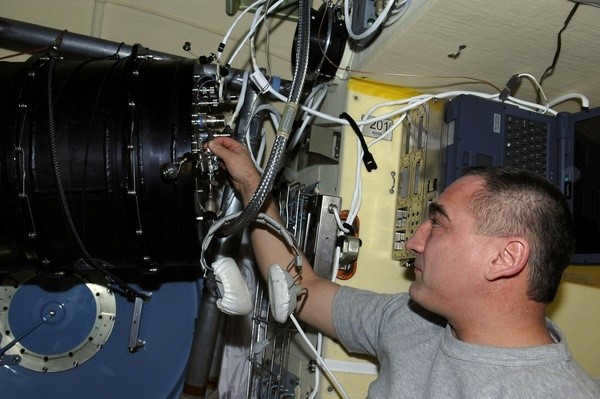
Figure 2: Experiment with plasma crystals. Author24 – Online platform for sharing student papers
In total, over 100 space experiments have been conducted on the International Space Station by Russian cosmonauts.

- Exploring the Field of Astronomy
Throughout history, humans have always been fascinated by the mysteries of the universe. Initially, our understanding of the cosmos was limited to mere speculation and observations made with the naked eye. However, as time progressed, we developed various means to explore the vastness of space, including the invention of aircraft, spacecraft, and orbital stations. It was only in the recent century that we discovered the existence of galaxies, with the Milky Way being revealed as a colossal cosmic spiral. Even with our modern knowledge, we are unable to perceive this spiral from within. To truly witness the spiral form of our galaxy, one must venture beyond it, traveling many light-years away.
Nevertheless, thanks to astronomical observations and mathematical calculations, along with graphic and computer modeling, as well as abstract-theoretical reasoning, we are now able to accomplish this without ever having to step foot outside our homes. However, it is important to recognize that this achievement has only been made possible through the extensive and challenging progress of scientific exploration. As our understanding of the Universe expands, so too does our curiosity, leading to an ever-increasing number of inquiries.
The exploration of the universe commenced in ancient times when humans began to observe and identify constellations by counting the stars. However, it was not until four centuries ago, with the advent of the telescope, that astronomy entered a phase of rapid development, leading to groundbreaking discoveries in science. The first telescopes significantly enhanced the visual acuity and sensitivity of the human eye, while subsequent advancements allowed us to perceive the cosmos across the entire electromagnetic spectrum, encompassing gamma rays to ultra-long radio waves.
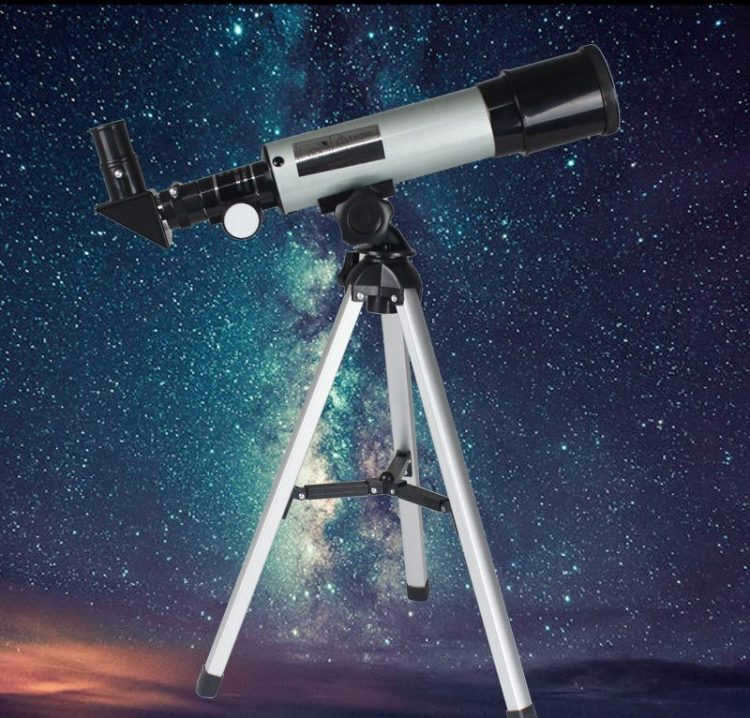
The 17th century marked a significant period in the field of astronomy, as it witnessed the emergence of the scientific method for exploring space. This groundbreaking approach led to remarkable discoveries, including the identification of the Milky Way, various star clusters, and nebulae. Additionally, scientists developed the spectroscope, a device capable of separating the light emitted by celestial objects using a prism. Through this innovative technology, astronomers were able to measure crucial celestial data, such as temperature, chemical composition, mass, and other essential measurements.
As an illustration, the spectroscope played a pivotal role in the discovery of helium on the Sun. This breakthrough finding eventually led to the identification of this chemical element on Earth!
Additionally, scientists have developed receivers to capture the tiniest particles known as corpuscules, which primarily consist of atomic nuclei and electrons, that travel to Earth from outer space. The collection of all cosmic ray receivers can detect objects that emit light rays that have been traveling for billions of years.
In reality, the entire timeline of astronomy and cosmology can be divided into two distinct periods – prior to and following the creation of the telescope.
The boundaries of observational astronomy have been greatly expanded in the twentieth century. In addition to the significant advancements in optical telescopes, new and previously unknown radio telescopes and X-ray telescopes have emerged (which can only operate in the vacuum of outer space). Satellites have also played a crucial role in the field, with gamma-ray telescopes capturing valuable data on distant objects and extreme states of matter.
Exploring the depths of space
As we ventured closer to the heart of our galaxy, an extraordinary discovery awaited us – an enigmatic infrared phenomenon with a luminosity surpassing that of the Sun by a staggering 300,000 times. The true essence of this celestial entity remains shrouded in uncertainty.
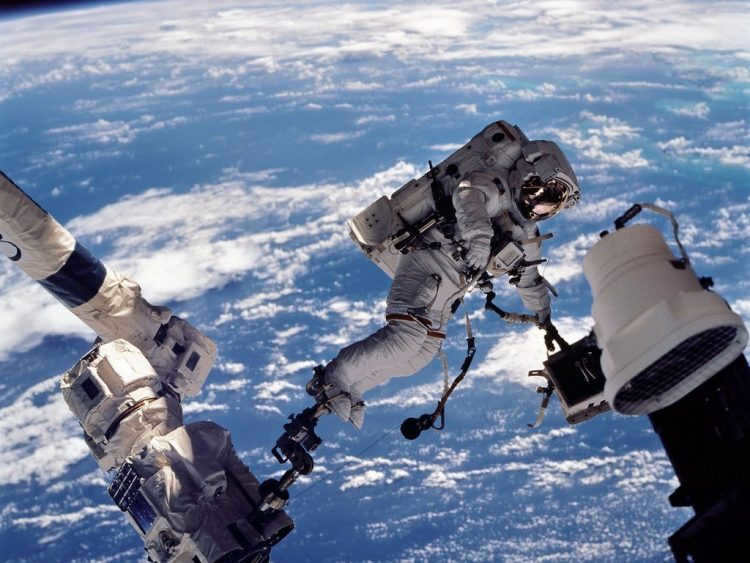
In the past five decades, mankind has had the remarkable opportunity to venture beyond Earth and explore celestial bodies through not only telescope observations but also direct data reception from space. Satellites launched into orbit are equipped with highly advanced instruments, enabling astronomers to make astonishing discoveries that were once unimaginable, such as the existence of black holes and the identification of new planets.
Since the historic launch of the first artificial satellite in October 1957, numerous satellites and robotic probes have been dispatched beyond the confines of our planet. These space missions have allowed scientists to virtually explore all the major planets within our solar system, along with their moons, asteroids, and comets.
- The initial satellite launch into space;
- The inaugural human space journey;
- The first venture into outer space;
- The arrival on the moon;
- Missions to explore the planets of our solar system.
Exploring the depths of our solar system
Satellites and space probes have been consistently sent to the inner planets: the Russian Venera, the American Mariner to Mercury, and Viking to Mars. The American probes Pioneer-10 and Pioneer-11, which were launched in 1972-1973, made it to the outer planets, Jupiter and Saturn. In 1977, Voyager 1 and Voyager 2 were also launched to explore Jupiter, Saturn, Uranus, and Neptune. Some of these probes are still on their way to the edges of the solar system, while others have already departed from it.
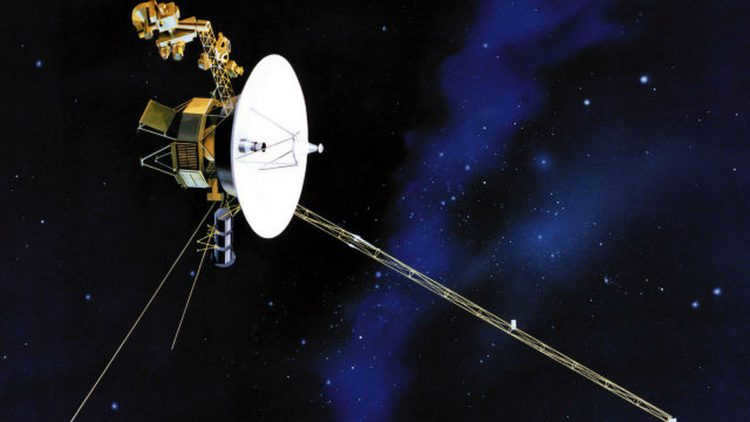
The exploration of space has always been a fascinating endeavor, and the Voyager 1 spacecraft has played a crucial role in expanding our knowledge of the universe. One of the most intriguing targets for scientific research has been our closest celestial neighbor, the Moon. Despite its proximity, much of the Moon’s surface remains hidden from our view, making it a subject of great curiosity.
Achieving New Heights: Lunar Missions
Back in 1959, the Soviet Union made history by sending the Luna-3 spacecraft on a mission to photograph the previously unseen far side of the Moon. This groundbreaking achievement marked the beginning of a new era in lunar exploration. While the early focus was on simply reaching the Moon, today scientists have much grander ambitions.
Modern-day explorers envision the Moon as a potential resource for valuable minerals and rocks. As we continue to push the boundaries of space exploration, the Moon holds the promise of unlocking new scientific discoveries and opening up possibilities for future space missions.
On July 21, 1969, humanity witnessed a historic event as the inaugural human stepped foot on the mystical Silver Planet. The brave astronauts embarked on this extraordinary journey, gathering invaluable samples of lunar rock and performing groundbreaking experiments. The data obtained from these experiments continued to enlighten us long after their safe return to Earth.
Driven by an insatiable curiosity, mankind persistently ventures into the unknown, continually sending probe missions to the Moon in an ongoing quest for knowledge.
Discovering Galaxies
In previous times, astronomers had limited knowledge about galaxies. It was only with the invention of the telescope that distant nebular objects started to capture increased attention. Over time, more than 100 of these objects were discovered, and by the 18th century, the first catalog of nebulae was compiled. Nebulae are clusters of gas and dust in space that can span several thousand light years.
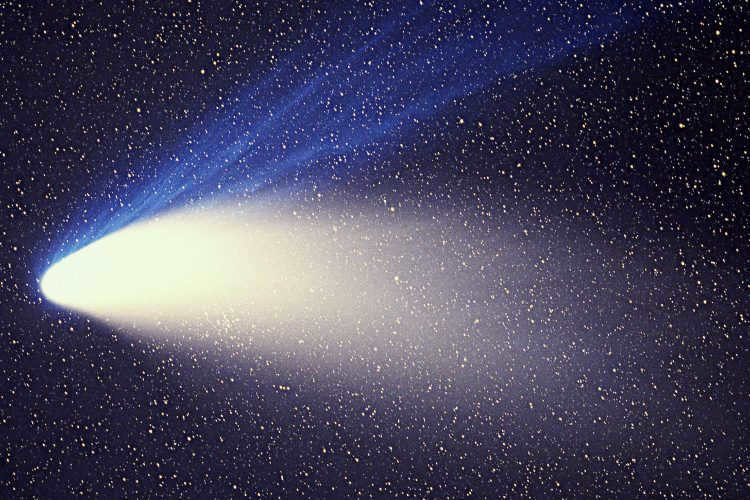
There has been a thorough examination of galaxies, including through the utilization of radio telescopes. The identification of background radiation and the emergence of novel cosmic entities like quasars, which emit energy levels tens of times greater than even the most potent galaxies, have presented new enigmas in the exploration of the Universe.
We are indebted to numerous of our momentous breakthroughs to amateur astronomers who dedicate countless hours in the obscurity, studying the nocturnal heavens.
Many new stars and comets, such as the comet Hale-Bopp, were discovered by amateurs. The discovery of this comet was accidental and happened in July 1995. While observing the night sky, Alan Hale and Thomas Bopp noticed a dimly glowing object near one of the constellations, which turned out to be a comet that was previously unknown. In 1997, this comet came as close to Earth as possible, at a distance of 200,000,000 km. The Hale-Bopp comet is one of the largest comets in our solar system. Scientists have determined that it will not return for another 4,000 years.
Valuable information about the planets in other galaxies, the position of stars, and various other celestial objects can only be obtained from a space probe situated in the outer regions of the solar system. Some notable examples include:
Over the past three decades, manned research stations such as the Russian Mir and Salyut, as well as the American Skylab, have played a crucial role in the exploration of outer space. The cosmonauts stationed on these facilities have conducted a wide range of experiments, providing invaluable insights into the challenges and possibilities of life in space.
For many years, astronomers have harbored the ambition of deploying a powerful telescope in space. This is because, in the vacuum of space devoid of air and dust, the stars can be observed with unparalleled clarity. In 1990, this long-held aspiration became a reality when the Hubble Telescope was successfully launched into orbit by the space shuttle.
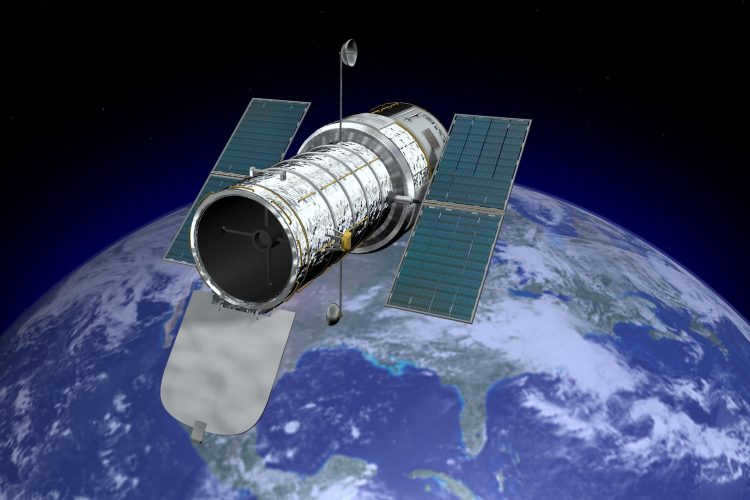
The Hubble Space Telescope has been instrumental in advancing our understanding of the universe. It has allowed us to observe and study distant planets, stars, and galaxies, providing valuable insights into their formation and evolution. With its powerful sensors and advanced technology, the Hubble telescope has revolutionized the field of astronomy.
Furthermore, the invention of ultra-powerful quantum computers in the 20th century has opened up new possibilities for exploration. These computers have the potential to solve complex problems and calculations at an unprecedented speed, allowing scientists to make significant breakthroughs in our understanding of the universe.
Looking ahead, the James Webb telescope is set to launch in 2021. This next-generation telescope will utilize state-of-the-art sensors to provide an even clearer view of the first stars and galaxies that formed after the Big Bang. It will enable us to study their formation and evolution in greater detail, as well as discover new exoplanets and gain a deeper understanding of our own solar system.
The naked human eye is limited in its ability to perceive the full spectrum of electromagnetic radiation. While we can see visible light, there are many other types of radiation that are invisible to us, such as X-rays, gamma rays, microwaves, and radio waves, which are emitted by stars and other celestial bodies.
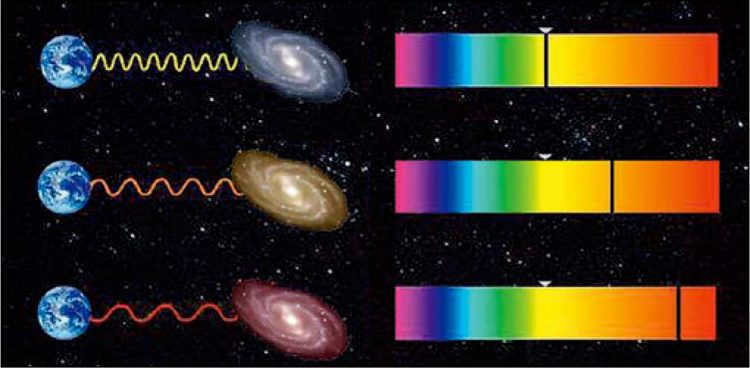
The electromagnetic spectrum consists of visible light rays and other invisible wavelengths. Astronomers have made significant discoveries by studying the parts of the spectrum that cannot be seen with the naked eye. Using specialized instruments, they have found a massive cloud of antiparticles above our galaxy and identified giant black holes that consume everything around them.
X-rays and gamma rays are the most powerful wavelengths in the electromagnetic spectrum. These are typically emitted by matter that is absorbed by black holes. Hot stars emit large amounts of ultraviolet light, while the presence of microwaves and radio waves indicates the presence of cold gas clouds.
Scientists have recently discovered that unexpected bursts of gamma rays, which have long puzzled researchers, are actually signs of significant events happening in faraway galaxies.
Through the analysis of ultraviolet radiation emitted by celestial bodies, astronomers gain insights into the internal processes taking place within stars.
The utilization of satellites equipped with infrared radiation detectors is aiding scientists in unraveling the mysteries of the core of the Milky Way and other galaxies.
In order to obtain a comprehensive understanding of distant galaxies, astronomers connect radio telescopes positioned at opposite ends of the Earth.
The Importance of Space Exploration
Safeguarding Earth from Asteroids
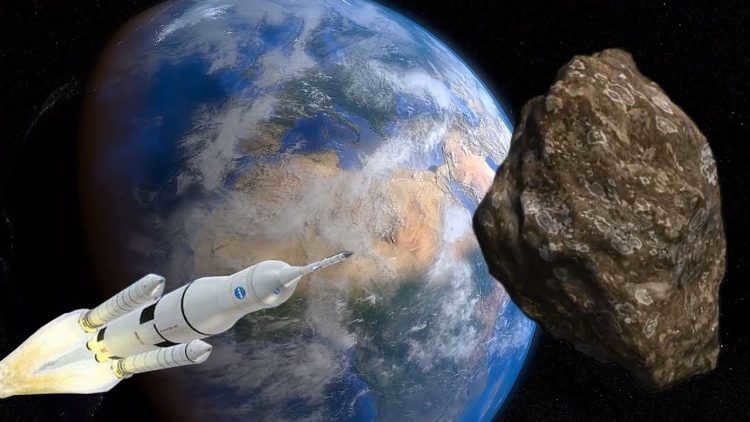
Based on the research conducted by astronomers who specialize in the study of celestial objects, there is a significant likelihood of a collision between Earth and an asteroid. According to their calculations, this type of event occurs once every ten thousand years, posing a potential threat to our planet.
An asteroid, in the form of a celestial body, represents a grave danger to humanity. If its size were to match that of a soccer field, the consequences of a collision would be irreversible. Such a catastrophe would result in the loss of human lives on a global scale. Just as the dinosaurs faced extinction, we too would be faced with a similar fate. To mitigate this risk, scientists are diligently monitoring the movements of asteroids in outer space. This would allow for the interception of such a celestial object before it reaches Earth. Naturally, nuclear technology would need to be employed for this purpose. At the very least, a powerful explosion could alter the trajectory of a hazardous asteroid.
In the event of a collision between the Earth and a space object measuring 100 meters in diameter, a massive dust storm would ensue, resulting in the death of forests and potential starvation for the surviving human population. This grim scenario presents a high likelihood of total annihilation for mankind.
Utilizing Space Resources
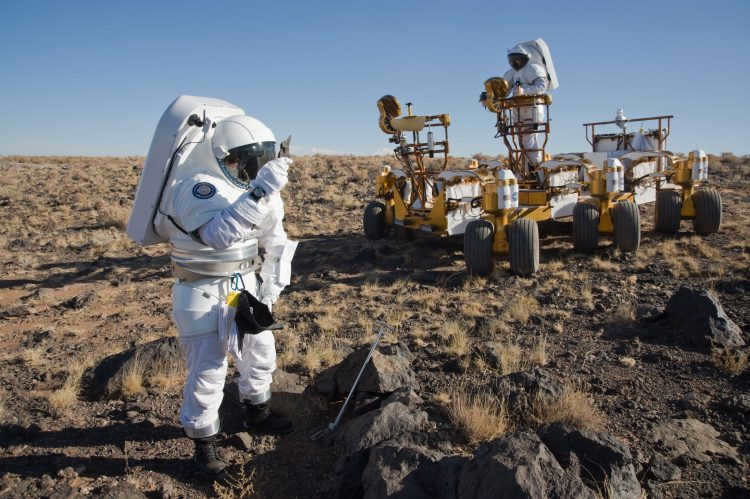
The depletion of valuable metals on our planet is a growing concern, leading us to explore the possibilities of mining minerals on other celestial bodies. However, this venture will require the development and implementation of advanced technologies. We will need to design and construct spaceships capable of safely transporting not only robotic equipment but also precious metals like gold, platinum, and silver from other planets back to Earth.
The advancement of healthcare
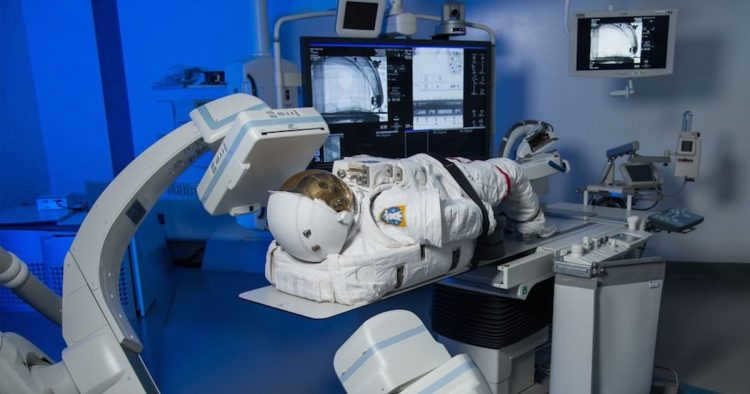
The study of astronomy has had a significant impact on the development of numerous medical innovations that are utilized here on Earth. One area that has seen significant breakthroughs is the field of cancer treatment, where new drugs and techniques have been developed to combat this disease. For instance, a novel method of delivering medication directly into cancerous tumors has been devised, offering new hope for patients. Additionally, research in this field has led to the creation of a specialized robotic arm that can perform intricate tasks inside tomographs.
The exploration of the cosmos also played a role in the creation of a remedy for osteoporosis. This breakthrough not only provides treatment for the condition but also enables effective prevention. The advancements in techniques to safeguard astronauts from the deterioration of muscle and bone density in the absence of gravity greatly influenced the development of this solution. To test the efficacy of the newly formulated medications, experiments were conducted in space, as individuals in such an environment experience a bone mass loss of approximately 1.5% per month.

Scientists are increasingly coming to the conclusion that at some point in the future, it will become imperative to inhabit other planets. This conclusion is reached due to the continuous growth in the Earth’s population, while the availability of resources on our planet continues to decline. Additionally, the ecological situation on Earth is deteriorating. In fact, scientists have even conducted calculations which suggest that Earth can support a maximum of 16 billion people under normal conditions. However, it is predicted that the quality of life will begin to decline in the near future, when the global population reaches 8 billion.
Space exploration programs have been initiated as a result of these forecasts. The objective of scientific investigation is to examine the potential for interplanetary journeys. Among the celestial bodies being examined, Mars is a particularly intriguing planet, as it is believed to have supported life in the past. Probes are consistently dispatched to this extraterrestrial entity. A Mars rover is currently operational on its terrain, conducting not only visual documentation of the planet’s surface, but also analyzing its atmosphere and soil composition.
The major challenges in the field of space exploration are
1. Launch
There are formidable obstacles to overcome, especially the force of gravity. In order for an object to break free from the Earth’s surface, it needs to achieve a velocity of over 43,000 kilometers per hour. This requires substantial financial resources.
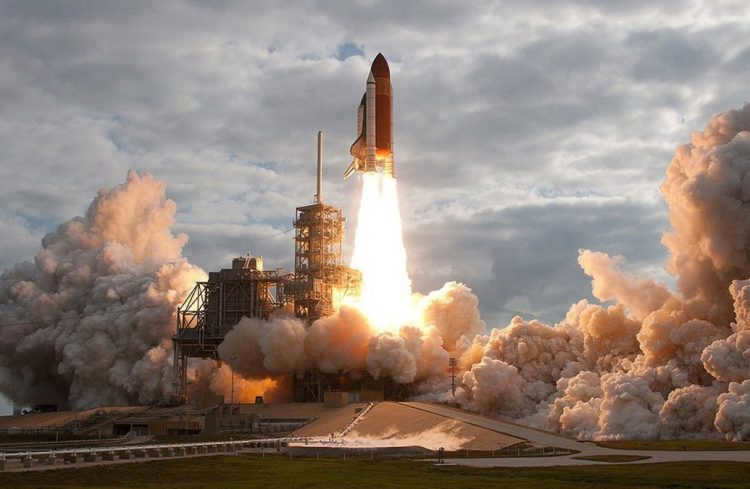
As an illustration, launching the Curiosity rover to Mars cost nearly $200 million. However, when it comes to a mission involving crew members, the expenses will be substantially higher.
To reduce costs, reusable spacecrafts can be utilized. For instance, the Spacex Falcon 9 rockets were specifically created to be reusable, and we have already witnessed successful landing attempts.
2. Flight
Traveling through the vastness of space is a relatively simple task. Being a vacuum, there is no air resistance to slow you down. However, launching a rocket into space is a different story. The more massive the object, the greater the force needed to propel it forward, and rockets are incredibly massive.
Chemical rocket fuel is effective for providing the initial burst of acceleration, but it burns through precious kerosene in a matter of minutes. If we want to reach Jupiter, for example, it would take us 5-7 years of continuous travel. That’s an incredible amount of time to spend watching in-flight movies. Therefore, we must explore innovative and groundbreaking methods to achieve high speeds while in the air.
3. Space debris
The issue of space debris is a significant one. According to the “U.S. Space Surveillance Network,” there are approximately 17,000 objects, each about the size of a ball, orbiting the Earth at speeds exceeding 28,000 kilometers per hour. Additionally, there are nearly 500,000 smaller debris pieces measuring less than 10 centimeters. These objects, including launch adapters, lens caps, and even tiny specks of paint, pose a threat to critical systems within the space environment.

Whipple shields consist of layers of metal and Kevlar and can provide protection against small debris, but they are unable to defend against an entire satellite. Currently, there are approximately 4,000 satellites circling the Earth, with the majority of them being non-operational. Although flight control systems aid in avoiding hazardous pathways, they are not flawless.
Dislodging these satellites from their orbits is not a feasible solution, as it would require a dedicated mission for each individual non-functioning satellite. Therefore, the new approach involves allowing the satellites to naturally descend from their orbits. This process entails the satellites jettisoning excess fuel and then utilizing either rocket boosters or solar sails to guide them towards Earth, where they will eventually burn up upon reentry into the atmosphere.
4. Navigating the Cosmos
"The Open Space Network", composed of antennas located in California, Australia, and Spain, serves as the sole navigation system for space travel. All spacecraft, ranging from student-built satellites to the New Horizons probe exploring the Kuiper Belt, rely on this network for guidance and communication."
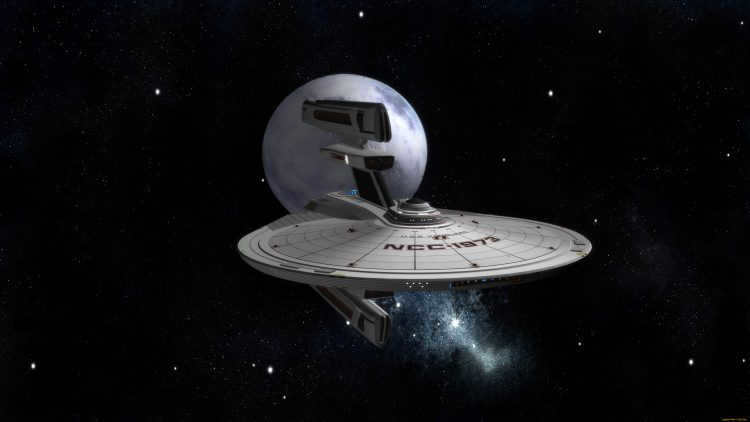
However, as more space missions are launched, the communication network becomes congested. Therefore, NASA is currently working on reducing the burden. The ships themselves will be equipped with atomic clocks, which will help to cut transmission times in half. This means that distances can be calculated using a single transmission of information from space. Additionally, there will be an increase in laser bandwidth to handle large data packets such as photos or video messages.
Nevertheless, as rockets travel further away from Earth, the reliability of this method decreases. Although radio waves travel at the speed of light, transmissions into deep space still require hours. While the stars can provide guidance, they are too distant to accurately determine one’s location.
5. Radiation
Once you venture beyond the protective shield of Earth’s atmosphere and magnetic field, you expose yourself to the dangers of cosmic radiation, which can have deadly consequences. In addition to increasing the risk of cancer, this radiation has also been linked to the development of cataracts and potentially even Alzheimer’s disease. The spacecraft’s hull, made primarily of aluminum, is susceptible to the impact of subatomic particles, causing the nuclei of these particles to explode and release secondary radiation at even higher speeds.
So, what’s the solution to this problem? The answer lies in one word: plastic. Not only is plastic lightweight and durable, but it also contains hydrogen atoms with small nuclei that produce minimal secondary radiation. NASA is currently conducting tests on a particular type of plastic that shows promise in mitigating radiation levels within spacecraft and space suits.
In August of last year, the astronauts aboard the International Space Station had the opportunity to consume some lettuce that they had successfully cultivated in outer space. However, cultivating plants on a larger scale in a zero-gravity environment presents its own set of challenges. Unlike on Earth where water is able to flow through the soil, in space, it forms bubbles that float around. To address this issue, engineers developed ceramic pipes that can guide the water directly to the roots of the plants.

However, the efforts are in vain if you exhaust all the water resources. (The International Space Station relies on a urine and water recycling system that requires regular maintenance, and future interplanetary crews cannot rely on replenishing new components.) Genetically modified organisms (GMOs) can also be beneficial in this regard.
7. Muscle and bone
Weightlessness causes various detrimental effects on the body: specific immune cells are incapable of performing their tasks, and red blood cells burst. This leads to the formation of kidney stones and results in decreased cardiac function.
Astronauts aboard the International Space Station (ISS) undergo training in order to combat muscle atrophy and bone loss. However, even with these efforts, they still experience bone mass reduction while in space, and the weightless spinning cycles do not alleviate other related issues. To address these concerns, scientists are currently conducting experiments to develop artificial gravity, which would effectively solve these problems.
8. Research
Dogs played a crucial role in assisting humans in populating the Earth, however, their survival would be improbable on Mars. In order to establish a presence on a new planet, we would require a different type of companion: a robot.
The process of colonizing a planet necessitates extensive labor, which can be effortlessly carried out by robots who do not require sustenance or oxygen. Presently, the existing prototypes are cumbersome and have difficulty with mobility on the planetary surface. Consequently, robots need to possess distinct qualities from humans. For example, they could be lightweight and equipped with a navigable structure, featuring claw-like appendages resembling the shape of a backhoe bucket. These robots, developed by NASA, are specifically designed for excavating ice on Mars.
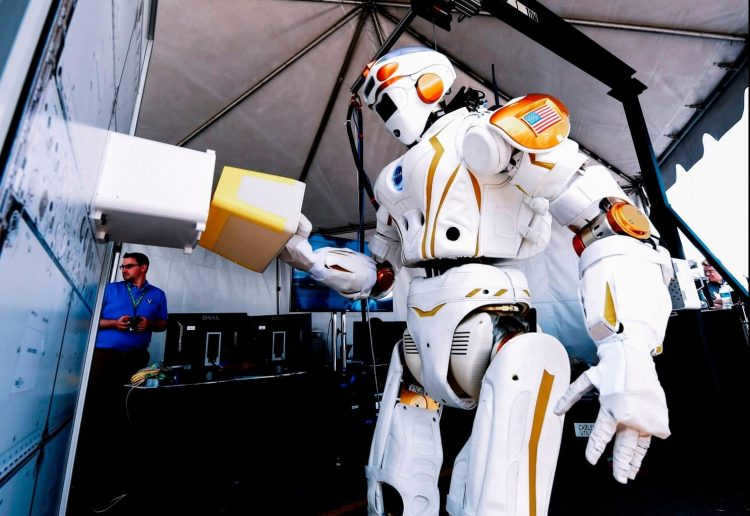
However, if the task demands nimbleness and accuracy, there is an ample supply of human digits. The modern spacesuit is optimized for zero gravity, not traversing the surface of an exoplanet. The Z-2 prototype from NASA features flexible joints and a helmet that provides a clear line of sight for any delicate wiring adjustments.
9. The Vastness of Outer Space
One of the most remarkable human creations is a spacecraft called Helios 2. Although it is no longer operational, if sound were able to travel in the vacuum of space, its constant orbit around the sun at speeds exceeding 157,000 miles per hour would create a deafening scream. This velocity is nearly 100 times faster than a speeding bullet. However, even at such incredible speeds, it would still require approximately 19,000 years to reach our closest neighboring star, Alpha Centauri. During this unimaginable journey, countless generations would come and go. It is a rare individual who dreams of passing away from old age while aboard a spacecraft.
In order to conquer time, we must harness an immense amount of energy. Theoretically, near-light speeds could be attained through the process of matter-antimatter annihilation. However, attempting such a feat on Earth would be highly dangerous.
Physics presents a far more sophisticated approach to deciphering the underlying structure of the cosmos. Miguel Alcubierre’s conceptual engine proposes the compression of space-time ahead of a spacecraft, followed by its expansion behind it, thereby enabling travel at velocities surpassing that of light.
As we venture further into space, humanity will require the brilliance of additional individuals akin to Albert Einstein, conducting research at institutions like the Large Hadron Collider, to unravel the intricacies of theoretical physics and pave the way for revolutionary advancements in space exploration.

The discovery of exoplanets and research into the origin of universes has been recognized as significant and significant, as evidenced by the awarding of the 2019 Nobel Prize in Physics. This prestigious award will be given to three scientists who have made remarkable contributions to the field. One recipient of the prize is James Peebles, a Canadian-American physicist, who has been honored for his theoretical discoveries in the field of physical cosmology. Additionally, Swiss astronomers Michel Mayor and Didier Queloz will be recognized for their groundbreaking discovery of an exoplanet orbiting a star similar to our own sun.

